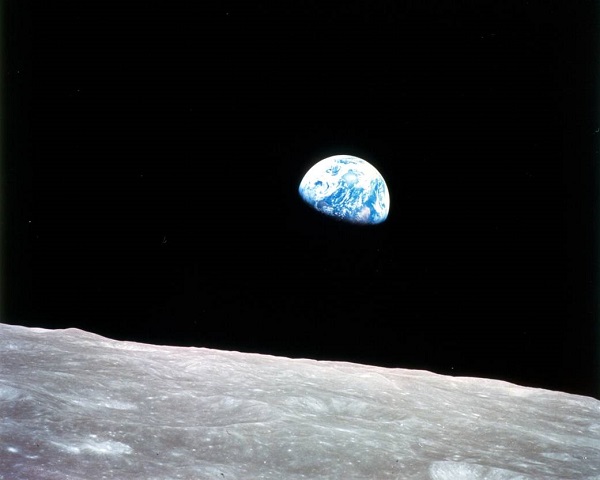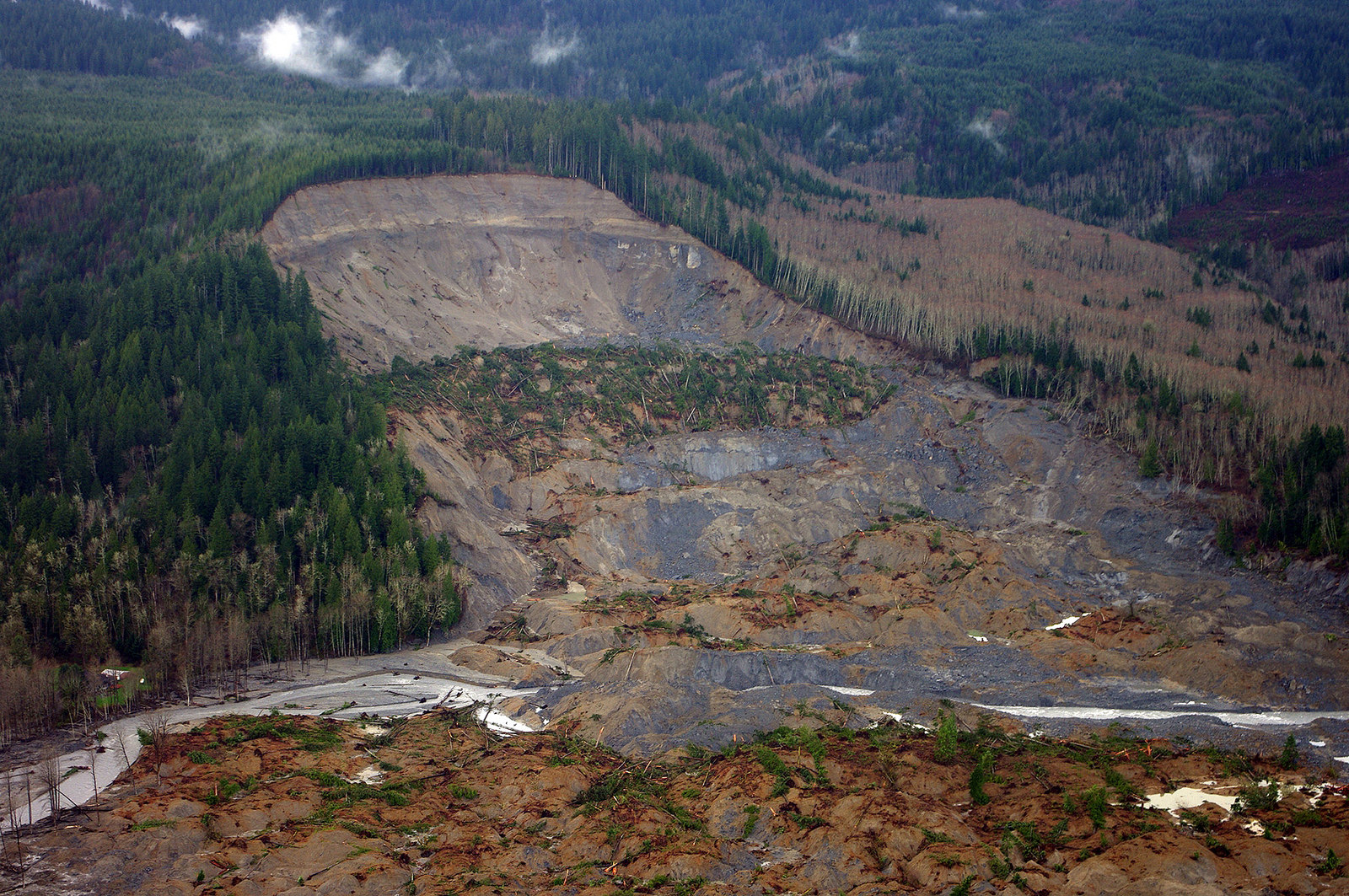
NASA / Apollo 8
"NASA does Earth science?"
I get this reaction a lot when I talk about all the amazing ways NASA studies our home planet — heck, the most important planet in the universe to us. People seem surprised by this; it doesn’t fit into their image of the NASA of moon landings, Mars rovers, and space telescopes.
The next natural question, “Why does NASA do Earth science?” is one I very much enjoy answering. Simply put, the view is much better from space. You can view the entire planet practically all at once. Satellites in low-Earth orbit typically take about 90 minutes to make one full trip around Earth. Over two or three days, they can cover our entire planet, taking images of land use, measuring air pollution levels, or monitoring developing hurricanes, to name just a few things we do. There are no boundaries visible, and the whole system of Earth is laid out.
And that’s just it: Earth is a system. Everything has an effect on everything else. The atmosphere, oceans, and land are all tightly locked together, adjusting to different conditions. Winds drive ocean currents, which can change the temperature and chemistry of the water below. Warm ocean water can lend energy to storms, birthing hurricanes and typhoons when the conditions are right. Precipitation falls on the land, feeding rivers, and snow packs store water for the dry season. Too much water in one place can create floods or landslides. Small changes in local conditions in one part of the world might have profound effects on distant regions halfway across the globe.
This reality of the Earth as an interacting system is why we need a fleet of satellites to put all the pieces together: different spacecraft in orbit are all contributing their piece of the larger puzzle: the way our home planet works. Put all that data together, and as you might expect, you have a powerful tool for understanding Earth. Possibly powerful enough to save lives.
Take the example of landslides, which may kill as many as 9,000 people each year. They are a classic example of different parts of the Earth system interacting. Precipitation or melting snowpack inundates soil on steeply-sloping hills, and at some delicately defined tipping point, the slope gives way. Some high-risk areas have extensive local monitoring, others have none, and there's certainly no global landslide monitoring system designed to issue warnings anywhere on Earth.

David Montgomery (University of Washington) and Dalia Kirschbaum (NASA’s Goddard Space Flight Center) would like to change that. David helps the U.S. Geological Survey monitor conditions on the ground, and Dalia uses the view from space to alert people that the ground around them might be on the move.
In Dalia’s case, she feeds data from several satellites that monitor precipitation, soil moisture, and the slope of the terrain into a powerful computer, which highlights areas that are at current risks for landslides. Eventually, the idea is to put out a warning to local authorities that a dangerous landslide might be imminent. She’s getting good at it too. Using data from a past year in Nicaragua with 13 landslide events, Dalia’s computer model was able to predict 12 of them.
Our space program isn’t just about the distant universe. The more we understand about Earth and how its systems work together, the better we understand places that are different from the Earth, like Mars, the moons of Saturn, even planets around other stars. We now have a 45-year record of observing the Earth from space, which allows us to track and measure the changes our planet is undergoing. But in the end, it’s all about us: our safety, our lives, and our future.
Orbital Path is produced by PRX and supported by the Alfred P. Sloan Foundation. Don't miss PRX's other science podcasts: Transistor and Outside Magazine.
 1
1
Comments
Tiar90
April 13, 2017 at 8:20 am
Yeap we defenitely forget that Earth is a system. And I gree that everything has an effect on everything else. That is true the atmosphere, oceans, and land are all tightly locked together, adjusting to different conditions. Winds drive ocean currents, which can change the temperature and chemistry of the water below. We all care about saving energy, but sometimes it's easy just to do some small steps other than speak. That is obvious like check your insulation. Proper insulation is essential for maintaining your home’s temperature during the summer and winter when the HVAC system is running. Smaller rooms can be heated by an electric space heater. While this method still uses electricity, it’s far more energy efficient than using gas heat. That works for me, I've changed the whole heating in my Denver house (http://www.summitheatingco.com/ ) The rest of the house will be cooler, but this shouldn’t be an issue if your entire family is gathered in one room.
You must be logged in to post a comment.
You must be logged in to post a comment.